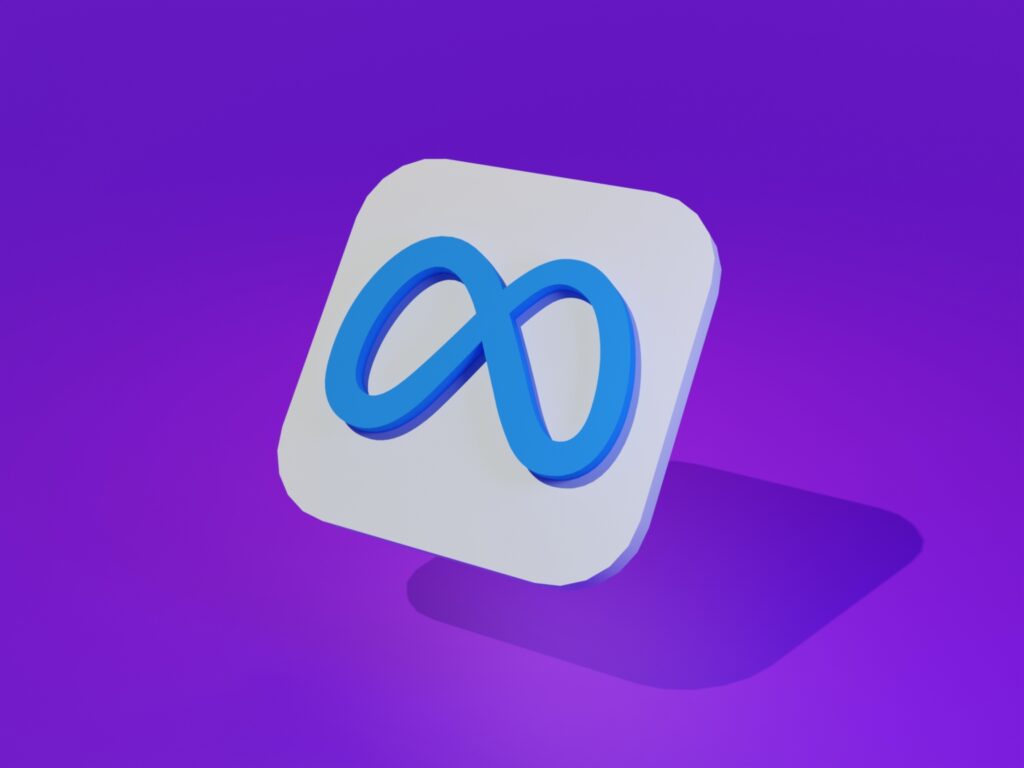Welcome to our weekly review of major happenings in the digital space. Here are a few significant updates that might interest you;
- Google Ads API v10 Now Available
On the 9th Wednesday 2022, Google released v10 of its Google Ads API to improve functionality. The Google Ads API enables advertisers to funnel their account data into other applications that they use. It also helps advertisers manage larger accounts and campaigns. The update comes with new essential features, and to use them advertisers must upgrade their client libraries and client code. The new features include:
- Smart Campaigns are now out of beta and generally available.
- Performance Max campaigns now support asset group signals.
- Support for Local Services Ads campaigns as an open beta.
- Addition of the Audience resource, which can be used as a criterion type.
- Addition of a new ExperimentService, which replaces the deprecated campaign experiments.
- Addition of a new meta parameter, omit_unselected_resource_names, which can be used to make GoogleAdsService return only resource name fields that you explicitly request in the SELECT cause of your query.
The legacy AdWords API is set for deprecation on April 27 and developers must migrate over to the Google Ads API before this time to continue using it. For more information, click here.
- Google Adds Journeys to Chrome: You Can Now Search Your History by Topic
Google Chrome has added a new feature called Journeys to their desktop feature. It is a search history feature that groups pages from a users’ search history by topic or intent, providing a more helpful user experience than just showing a chronological list of pages. Journeys was introduced to make it easier for users to revisit topics they searched for days or weeks ago.
The Journeys feature is optional and users can turn it off if they don’t want to use it. Google explained that the history is limited by device, though it may later be possible to access Journeys on multiple devices. This seems to be a very helpful update because search can sometimes become very exhausting. Journeys have rolled out to Chrome in English, German, Spanish, French, Italian, Dutch, Portuguese and Turkish. For more information, click here.
- Google Tests Bulleted Lists in Ads
Google has confirmed it is testing ad descriptions with bulleted lists. With this feature, up to three bullet points can be added to one ad. The bullet points can be a mixture of descriptions and CTAs. This is great news for advertisers because within ads, a bulleted list can be used to showcase unique selling points, product features or additional CTAs. The more relevant information available in an ad, the more likely it is that the ad will drive engagement. The bullet lists can also help keep that information scannable for potential customers. Google has not given any news on when this feature will eventually roll out. For more information, click here.
- LinkedIn Tests New Option to Switch Off Political Posts in Feed
LinkedIn is testing a new feature that enables users to switch off all politics-related posts and updates. This new update utilizes keywords and signals from users, as well as input from LinkedIn’s editorial team, to identify political posts, and eliminate them from a user feed. Now, LinkedIn users will be able to block posts on certain topics from appearing in their stream. This is quite an interesting feature that could help LinkedIn boost its engagement among its 800 million members but could also impact platform reach and performance for some users and brands. LinkedIn has launched the new feature with some users in the United States. To view the option to turn off political posts, go to ‘Account preferences’, then ‘Feed preferences’ under settings. For more information, click here.
- Twitter Tests Variable Playback Speeds for Audio and Video Content in the App
Twitter has launched a new test, on Android and the web, which will enable users to control the playback speed of video and voice tweets in the app. The new playback speed options will provide users with a range of different settings to choose from. So it is possible to customize their viewing experience. This is Twitter trying to provide more ways for its users to consume content faster, or slower based on their preferences. This update has been in the works for the last few months, with reverse engineering expert Jane Manchun Wong first spotting them in testing back in September. Now, it is officially in testing for the first time, and while it isn’t available on iOS, for now, Twitter might expand the functionality soon.
Over the years, a lot of Twitter users have been calling for variable speed options on the app. With attention spans shrinking, and short video increasingly becoming the preferred means of communication, more people are looking to get through longer videos faster. For more information, click here.
Thank you for reading. See you next Friday for more news and interesting reads in the digital space.





